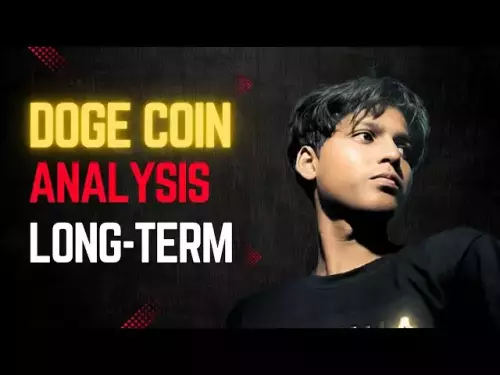-
 Bitcoin
Bitcoin $112000
1.27% -
 Ethereum
Ethereum $4464
4.15% -
 XRP
XRP $2.867
2.86% -
 Tether USDt
Tether USDt $1.001
0.04% -
 BNB
BNB $859.7
1.52% -
 Solana
Solana $210.5
5.20% -
 USDC
USDC $0.9999
0.01% -
 Dogecoin
Dogecoin $0.2185
3.84% -
 TRON
TRON $0.3410
1.36% -
 Cardano
Cardano $0.8404
3.84% -
 Chainlink
Chainlink $23.80
4.08% -
 Hyperliquid
Hyperliquid $45.96
4.22% -
 Ethena USDe
Ethena USDe $1.001
0.02% -
 Sui
Sui $3.382
4.80% -
 Bitcoin Cash
Bitcoin Cash $591.2
2.62% -
 Stellar
Stellar $0.3652
1.68% -
 Avalanche
Avalanche $25.35
7.33% -
 Cronos
Cronos $0.2796
10.18% -
 Hedera
Hedera $0.2213
4.12% -
 UNUS SED LEO
UNUS SED LEO $9.520
-0.20% -
 Litecoin
Litecoin $112.9
2.75% -
 Toncoin
Toncoin $3.181
1.89% -
 Shiba Inu
Shiba Inu $0.00001252
2.08% -
 Polkadot
Polkadot $3.882
3.71% -
 Uniswap
Uniswap $9.714
3.34% -
 Bitget Token
Bitget Token $5.004
0.70% -
 World Liberty Financial
World Liberty Financial $0.2185
-1.32% -
 Dai
Dai $0.9999
0.01% -
 Monero
Monero $269.1
3.07% -
 Aave
Aave $326.0
5.80%
How do I provide liquidity in DeFi?
Liquidity providers in DeFi deposit assets into pools to enable trading and earn fees, but face risks like impermanent loss and smart contract vulnerabilities.
Aug 31, 2025 at 12:18 pm

Understanding Liquidity Provision in DeFi
1. Liquidity provision in decentralized finance (DeFi) involves depositing cryptocurrency assets into a liquidity pool on a decentralized exchange (DEX). These pools enable seamless trading by ensuring there is enough capital available for swaps. Users who contribute funds are known as liquidity providers (LPs) and are rewarded with a share of the transaction fees generated by the pool.
2. Most DeFi platforms use automated market maker (AMM) models, where pricing is determined algorithmically based on the ratio of assets in the pool. This eliminates the need for traditional order books. Popular platforms like Uniswap, SushiSwap, and Curve rely on this mechanism, allowing anyone with compatible tokens to become a provider.
3. To get started, users need a self-custody wallet such as MetaMask or WalletConnect that supports the blockchain network the DEX operates on—commonly Ethereum, Binance Smart Chain, or Polygon. Connecting the wallet to the platform is the first technical step before any funds can be deposited.
4. Once connected, users select the token pair they want to provide, such as ETH/USDC. It’s essential to have both tokens in equal value as dictated by the current market rate. The platform will guide the user through depositing both assets into the pool.
5. After depositing, the protocol issues LP tokens representing the user's share of the pool. These tokens can be staked elsewhere for additional yield or redeemed later to withdraw the original assets plus accumulated fees.
Risks Associated with Providing Liquidity
1. Impermanent loss is a major concern for liquidity providers. It occurs when the price of the deposited assets changes significantly compared to when they were added to the pool. The greater the volatility, the higher the potential loss, even if trading fees partially offset it.
2. Smart contract risk is ever-present in DeFi. If a protocol has a vulnerability or is exploited, funds in the liquidity pool could be stolen. Audits by reputable firms reduce this risk but do not eliminate it entirely.
3. Rug pulls and malicious token projects can trap liquidity providers who unknowingly add funds to fraudulent pools. Always verify the legitimacy of token contracts and community trust before participating.
4. Some platforms offer high yield incentives to attract liquidity, but these may be unsustainable. When rewards drop, providers may exit en masse, causing liquidity to dry up and impacting the stability of the pool.
5. Network congestion and high gas fees, especially on Ethereum, can eat into profits. Providers must consider transaction costs when depositing, adjusting, or withdrawing funds.
Strategies for Effective Liquidity Provision
1. Choose stablecoin pairs like DAI/USDC for lower impermanent loss. Since their prices are pegged, volatility is minimal, making them safer for conservative providers.
2. Focus on established platforms with strong track records and high trading volumes. These tend to generate more fees and offer better security through community scrutiny and frequent audits.
3. Diversify across multiple pools and chains. Spreading assets across different protocols and networks can reduce exposure to a single point of failure.
4. Monitor active pools regularly. Price ratios shift over time, and rebalancing may be necessary to maintain optimal exposure or to avoid excessive risk.
5. Utilize yield aggregators like Yearn Finance or Beefy Finance, which automatically move funds to the most profitable opportunities, compounding returns with minimal manual input.
Frequently Asked Questions
What happens to my LP tokens after I deposit?
LP tokens are automatically issued to your wallet once you deposit funds into a liquidity pool. They represent your proportional ownership and must be held to reclaim your share later. If lost or sent to the wrong address, the associated funds cannot be recovered.
Can I lose money even if the pool generates fees?
Yes. High price volatility between the two assets in a pair can lead to impermanent loss that exceeds the trading fees earned. This is common in pools with highly speculative tokens.
Are there tax implications for providing liquidity?
Depositing assets into a pool may not trigger a taxable event, but earning fees or swapping LP tokens for other assets typically does. Tax treatment varies by jurisdiction, so consulting a professional is advised.
How do I withdraw my funds from a liquidity pool?
Navigate to the platform where you provided liquidity, access your position, and initiate a withdrawal. The protocol will burn your LP tokens and return your share of the underlying assets, minus any fees or penalties.
Disclaimer:info@kdj.com
The information provided is not trading advice. kdj.com does not assume any responsibility for any investments made based on the information provided in this article. Cryptocurrencies are highly volatile and it is highly recommended that you invest with caution after thorough research!
If you believe that the content used on this website infringes your copyright, please contact us immediately (info@kdj.com) and we will delete it promptly.
- Layer Brett Takes on SHIB and Pepe: The Meme Coin Evolution
- 2025-09-04 00:45:16
- Trump Sons, Bitcoin Mining, and Nasdaq: A New York Minute on ABTC
- 2025-09-04 00:25:14
- Layer Brett: From Memecoin Mania to Growth Potential?
- 2025-09-04 00:45:16
- Bitcoin ETFs, Digital Assets, and Retail Investors: A New Era
- 2025-09-04 00:30:12
- Crypto Lawyer Clears the Air: XRP vs. RLUSD in Ripple's Payment Ecosystem
- 2025-09-03 23:05:14
- Max Keiser, El Salvador, and Bitcoin: A Budding Bromance?
- 2025-09-03 22:25:15
Related knowledge
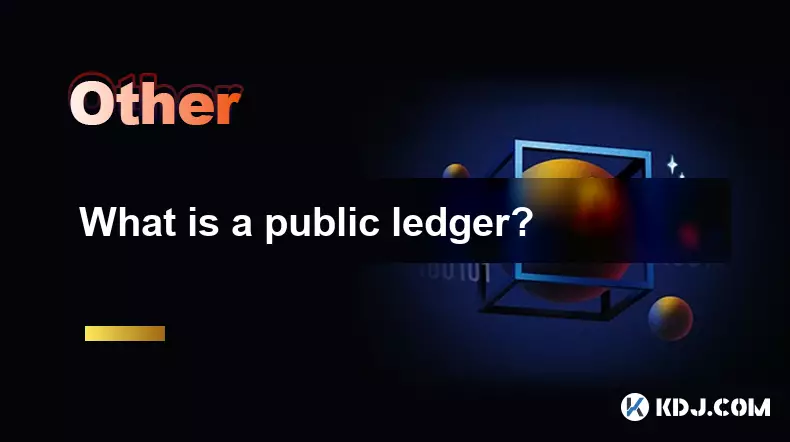
What is a public ledger?
Sep 03,2025 at 07:18pm
Understanding the Concept of a Public Ledger1. A public ledger is a decentralized database that records transactions across multiple computers in a wa...
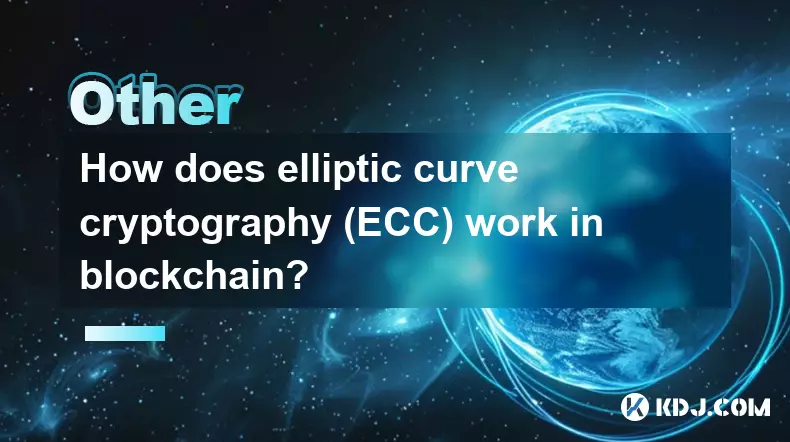
How does elliptic curve cryptography (ECC) work in blockchain?
Sep 03,2025 at 11:55am
Understanding Elliptic Curve Cryptography in Blockchain1. Elliptic Curve Cryptography (ECC) plays a foundational role in securing blockchain networks....
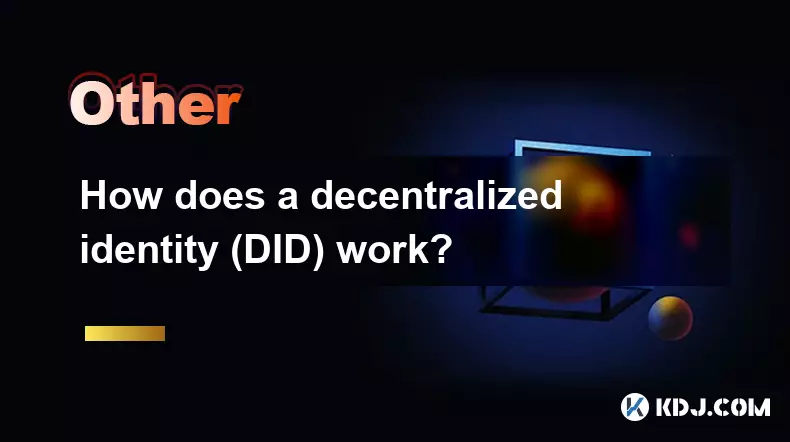
How does a decentralized identity (DID) work?
Sep 03,2025 at 07:54pm
Understanding Decentralized Identity in the Blockchain Ecosystem1. A decentralized identity (DID) operates on blockchain networks, allowing individual...
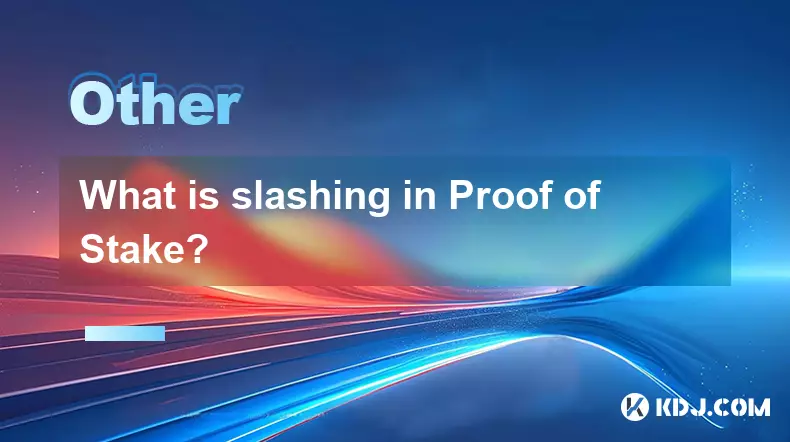
What is slashing in Proof of Stake?
Sep 03,2025 at 10:00am
Understanding Slashing in Proof of Stake Networks1. Slashing is a penalty mechanism used in Proof of Stake (PoS) blockchain systems to enforce honesty...

How do you participate in a project's governance?
Sep 02,2025 at 09:01pm
Understanding Governance in Blockchain Projects1. Governance in blockchain ecosystems allows token holders to influence the direction and policies of ...
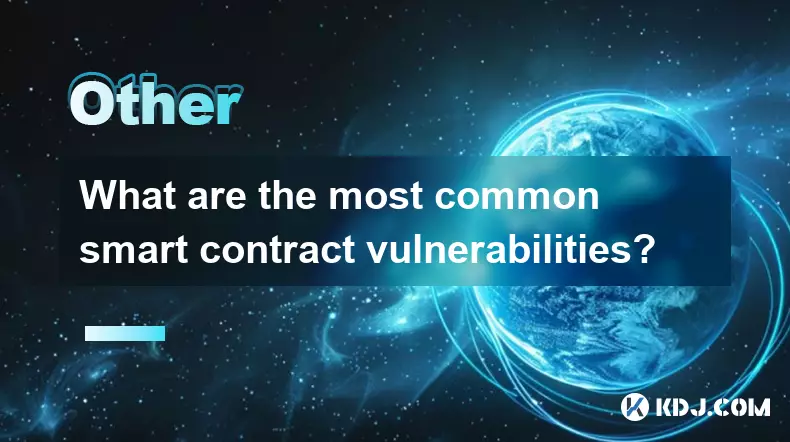
What are the most common smart contract vulnerabilities?
Sep 03,2025 at 09:18am
Reentrancy Attacks1. Reentrancy is one of the most notorious vulnerabilities in smart contracts, famously exploited in the DAO attack. It occurs when ...

What is a public ledger?
Sep 03,2025 at 07:18pm
Understanding the Concept of a Public Ledger1. A public ledger is a decentralized database that records transactions across multiple computers in a wa...

How does elliptic curve cryptography (ECC) work in blockchain?
Sep 03,2025 at 11:55am
Understanding Elliptic Curve Cryptography in Blockchain1. Elliptic Curve Cryptography (ECC) plays a foundational role in securing blockchain networks....

How does a decentralized identity (DID) work?
Sep 03,2025 at 07:54pm
Understanding Decentralized Identity in the Blockchain Ecosystem1. A decentralized identity (DID) operates on blockchain networks, allowing individual...

What is slashing in Proof of Stake?
Sep 03,2025 at 10:00am
Understanding Slashing in Proof of Stake Networks1. Slashing is a penalty mechanism used in Proof of Stake (PoS) blockchain systems to enforce honesty...

How do you participate in a project's governance?
Sep 02,2025 at 09:01pm
Understanding Governance in Blockchain Projects1. Governance in blockchain ecosystems allows token holders to influence the direction and policies of ...

What are the most common smart contract vulnerabilities?
Sep 03,2025 at 09:18am
Reentrancy Attacks1. Reentrancy is one of the most notorious vulnerabilities in smart contracts, famously exploited in the DAO attack. It occurs when ...
See all articles























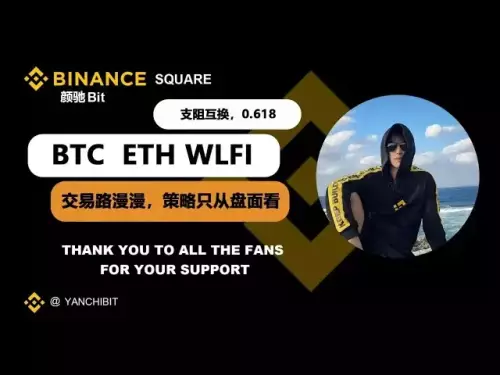

![Litecoin Price Prediction [LTC Crypto Price News] Litecoin Price Prediction [LTC Crypto Price News]](/uploads/2025/09/03/cryptocurrencies-news/videos/litecoin-price-prediction-ltc-crypto-price-news/68b83c0a82563_image_500_375.webp)
